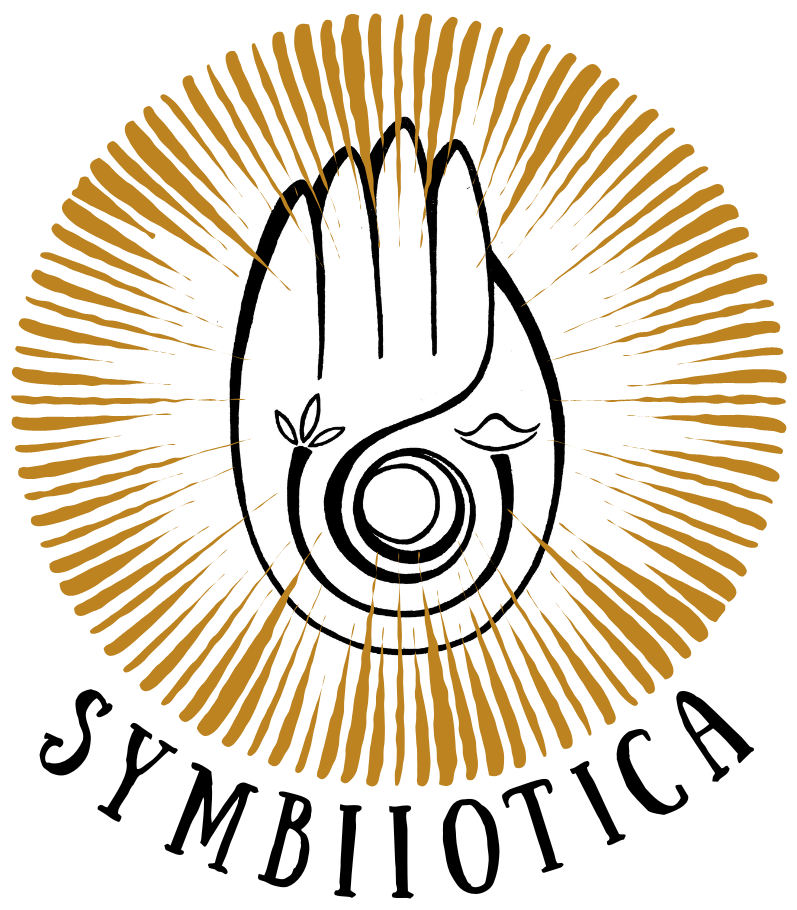Dont blow it... Blewit
To many, Blewits (Clitocybe nuda, aka Lepista nuda) are one of the more dazzling, awe-inspiring mushroom species you are bound to come across in a saunter in the woods.
Known and loved for its ‘diamond in the rough’ or in this case ‘mushroom in the duff’ enchantment, the cap (pileus) coloration can vary immensely from deep purple, pink, silvery, lavender or lilac, turning buff beige or completely brown in age. The margin is usually slightly rolled or tucked in, becoming expanded as they grow out. The gills (lamellae) reflect the dazzling expressions of the cap, but are often even more vibrant in their bright lilac or lavender coloration, which also give way to brown coloration in age. Throughout their short, ephemeral aboveground presence, they exude pinkish buff spores from their fertile surfaces. The thick, smooth to fibrillose stipe that lifts this sporocarpic wonderment above the duff also carries the beautiful lilac, light purple colorations of the cap and gills. Unearthing these mushrooms you will often see the bulbous base of the stipe covered in fluffy, purple-ish mycelium thats intimately woven in the decomposing organic material it is feeding off of.
Amazing infographic from https://www.discoverthewild.co.uk/MushroomGuide/Wood-Blewit
They are saprotrophic fungi (sapro= dead/decaying, trophic=eating) that are generalists in what they feed on. However they do have a pattern of affinity for live oak, cypress or eucalyptus duff in the Bay Area bioregion. Here, they fruit from late fall (or after the first rains) into spring with multiple flushed throughout the season. They can be introverted, fruiting solitarily or scattered, as well as gregarious, fruiting in large numbers in rings or arcs. Their behavior is rather unpredictable.
One of their distinguishing characteristics from other potential look alike is that they have a slightly sweet or floral scent, the famed David Aurora describes their smell as “frozen orange juice”
These mushrooms are edible and loved by many. They are not the most flavorful of the many species of edible fungi out there but they have lovely texture when they are found young and firm. Be aware that there are some reports that Blewits found in eucalyptus duff have more prominent bitter or musty flavor.
Image: Martin Arcimovic
Besides being delightful to eat, Blewits are now being studied for their health benefits and the action of their unique medicinal constituents.
Complete protein, high in dietary fiber, low in fat and sugar
Beta-glucans for immunomodulation
Some actions in the body include: anti-tumor, anti-oxidant, immunemodulation, anti-microbial, hypoglycemic, lowers blood cholesterol
Cytotoxic potential
Tea can treat bacterial infection Candida albicans
The blewits come to me in my dreams often. More recently they came to me in my dreams in a very direct way in which they could speak to me using a non-verbal telepathic language. Upon waking, it felt as if I was hypnotized by them; fully inoculated with their presence and guidance. I had become, more or less, a human vessel for their proliferation.
By dawn I was laying cardboard and shoveling wood chips into a bed I had created under a black oak on the land I live with. Clitocybe nuda (Blewits) are saprotrophic fungi, meaning they feast on dead and decaying organic material. They’re also generalists, meaning they can grow on many differing substrates while oak, cypress and eucalyptus duff seem to be their favored habitats in this bioregion. Their purple-y, lilac, actually, silver-y fruiting bodies are not just spectacularly beautiful, but also edible and delicious.
Here’s how they instructed me to build their home and propagate them.
Live in an area with native Blewits? You can experiment with this method and bring them to your home, too!
1. Collect the old, far gone, sporulating, buggy Clitocybe nuda sporocarps (mushrooms) with dirt and duff and all. You wouldn’t want to use the firm, young ones cause you’d want to eat those! Put them in a blender. (Yes these are blewits, they lose their vibrant purple/lilac/silvery color with age).
2. Add water. Here I use spring water from a local spring to properly bless them up.
3. Add a sugar. This acts as a source of nutrients for the live mycelium and helps them ‘wake up’, kickstarting their metabolism. I used honey cause it’s gold and they deserve it.
4. Blend~ You’ll get a frothy, musty, decaying-duff-smelling mushroom milkshake. This is your inoculum. Not going to lie I was rather tempted to take a sip.
6. Dilute the inoculum. Here I pour about a quart of concentrated inoculum into 2 gallons of water.
7. Water your bed with your C. nuda inoculum! (With your broken ass watering can) I created this mushroom home by laying down a layer of raked oak duff, old cardboard, and a thick layer of hardwood chips. Now douse that shit with spores.
8. I gathered oak leaves from the land for an additional layer of oak duff to emulate their preferred natural habitat, protect the newly inoculated mulch, and to diversify their substrate.
9. You didn’t blow it, you blewit!
I inoculated in early February of 2020. Within ta month or so I began to see some preliminary mycelial growth but they didn’t really have enough time to get established. I kept adding oak duff to the pile throughout our dry summer and watering occasionally. I am hoping to see some fruiting bodies this year once the rains come!
Working with fungi is always an experiment in one way or another and an opportunity for ceaseless learning. Please let me now your methods of blewit cultivation, and if you try this method please let me know what you observe and learn along the way!











